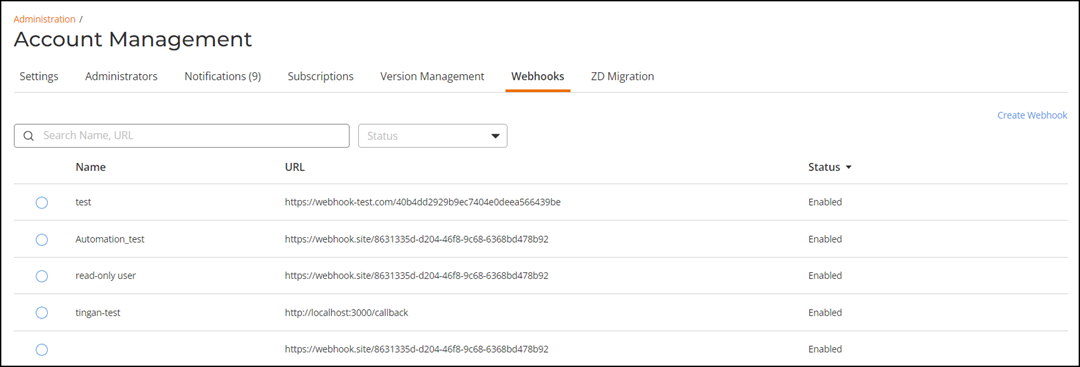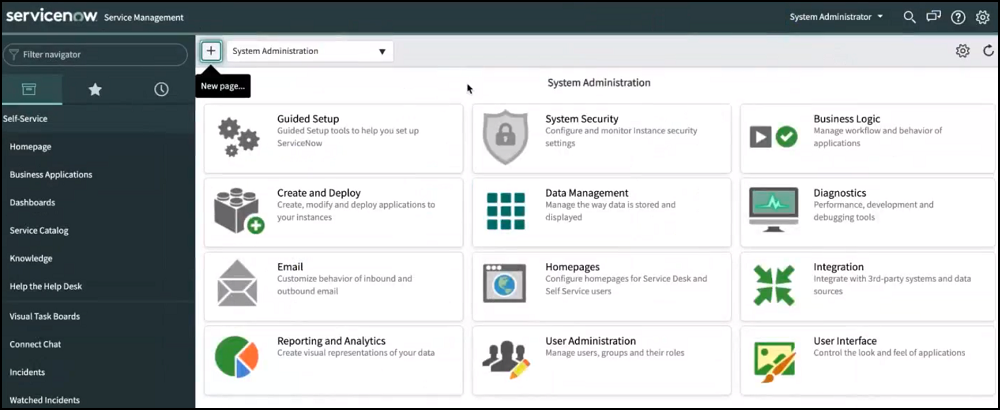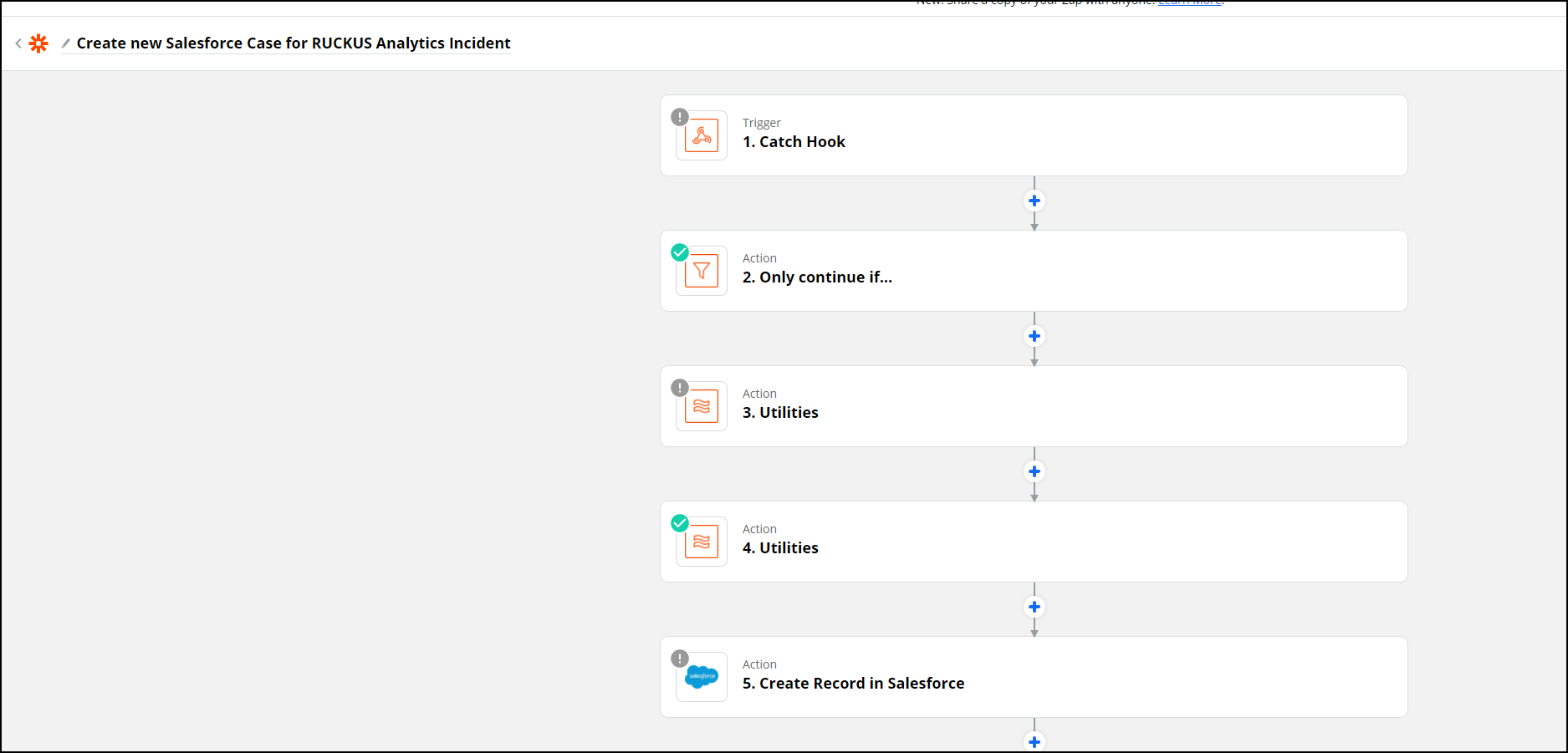Configure Webhooks for ServiceNow and Zapier Applications in RUCKUS One
RUCKUS One communicates with ticketing applications in ServiceNow and Zapier via webhooks. Through webhooks, the incidents generated in RUCKUS One appear in the ServiceNow and Zapier applications, in real-time.

The Webhooks page displays all the created webhooks in a table.
- Name: Displays the name of the webhook.
- URL: Displays the webhook URL created by appending the domain URL and the base API path from the other application.
- Status: Displays green color if webhook URL is enabled or grey color if it is disabled.
Under each attribute is a search field to limit the webhooks list based on the search criteria.
Select a webhook and click Edit to edit the webhooks information and click Delete to delete the webhooks.
You can select the number of webhooks displayed in the table from the Show rows drop down at the bottom of the table. The range is from five webhooks per table to 100 webhooks per table.
To create a webhook and integrate it with ServiceNow, refer to Integrating RUCKUS One Incident Webhook with ServiceNow Application.
To create a webhook and integrate it with your email, refer to Creating Email Notification for RUCKUS One Incidents using Zapier Application.
To create a webhook and integrate it with Zapier, refer to Create a New Salesforce Case for RUCKUS One Incident using Zapier Application.
To update a webhook that is integrated with Zapier, refer to Updating an Existing Salesforce Case for RUCKUS One Incident using Zapier Application.
Integrating RUCKUS One Incident Webhook with ServiceNow Application
Creating Email Notification for RUCKUS One Incidents using Zapier Application
Complete the following steps to set up the automation to trigger email notification for RUCKUS One incidents using Zapier:
Create a New Salesforce Case for RUCKUS One Incident using Zapier Application
Updating an Existing Salesforce Case for RUCKUS One Incident using Zapier Application
- Setup incident update by clicking https://zapier.com/shared/6bb3dc515e23d86796c3c70bfcc4121f0d41ae59.
- Repeat Step 2 to Step 25 from the Create a New Salesforce Case for RUCKUS One Incident using Zapier Application section.







